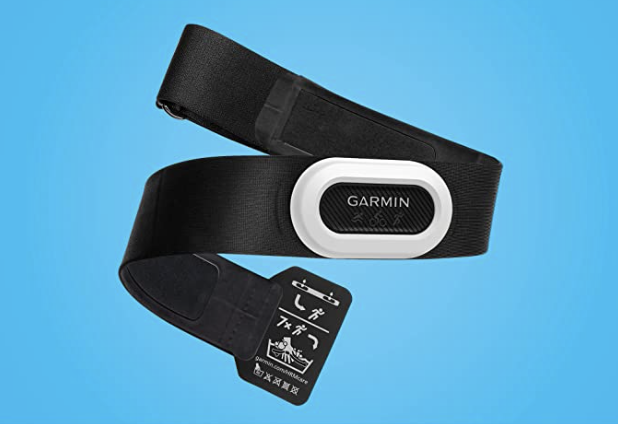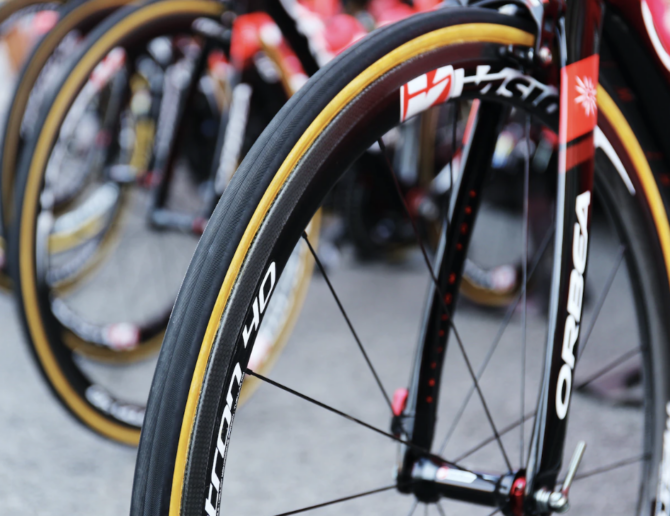From BikeRumor.com
By Jessie-May Morgan
Love them or hate them, internal cable routing headsets are ripping through the bike industry like wild-fire. It is one of a series of steps brands have taken toward full integration. Goals include improved aerodynamics, improved aesthetics and, the holy grail, “clean lines”. For some, however, it is a step too far.
Running cables and brake hoses through the headset does, undoubtedly, tidy things up in the cockpit. However, headset-dependent, it does come with additional time spent in the work stand, and the increased labor costs associated with that. Some riders with deep pockets will, I’m sure, be happy to pay the premium, but others are in for a shock.
For most riders, it’s their bike mechanic that has to deal with the added complexity of internally routed cables. These folks have put up with years of ever-changing “standards” within the bike industry, so how much will this really bother them? We contacted mechanics from Europe and the US to get their viewpoint on internal headset cable routing, and while some of them did reply with a sense of diplomacy, others were rather more firm in their opinion.
We sent them the following:
“It’s you, the mechanic, who has to deal with the advent of internal headset cable routing that is sweeping across the industry. So, what are your thoughts on it? Is it a good thing, or a bad thing? Are you having to charge your customers more for headset bearing replacements, brake bleeds, cable replacements, and so on? Is it really that much more hassle, or is it easy enough once you’ve done one or two? Would you have it on your personal bike if, in some parallel universe, you weren’t responsible for the maintenance of your own bike?”
Photo by Munbaik Cycling Clothing on Unsplash
Read more











